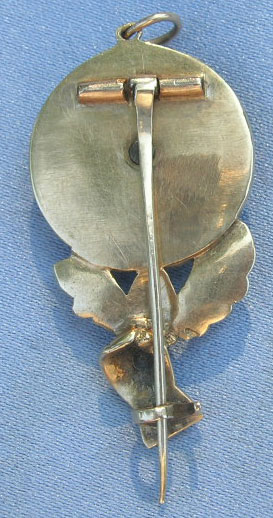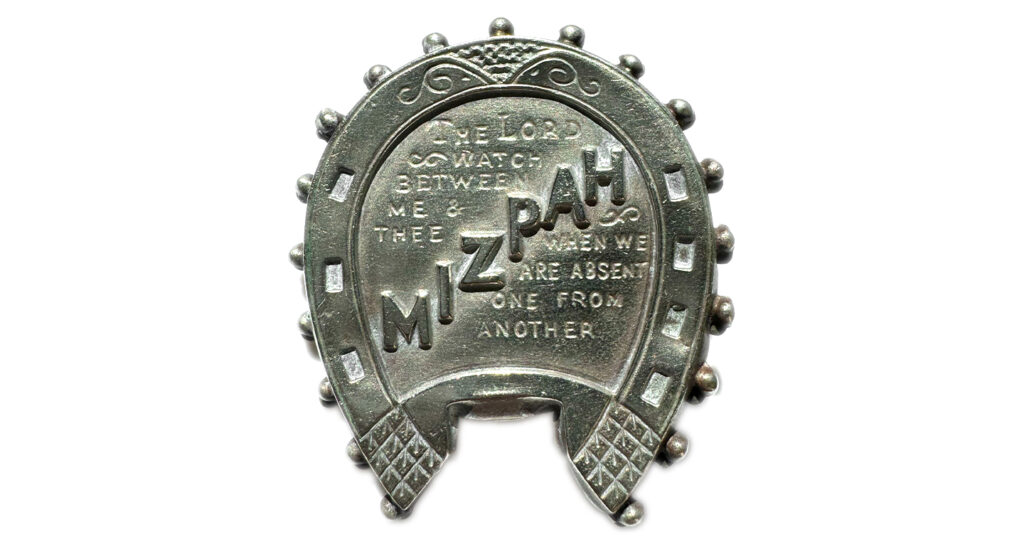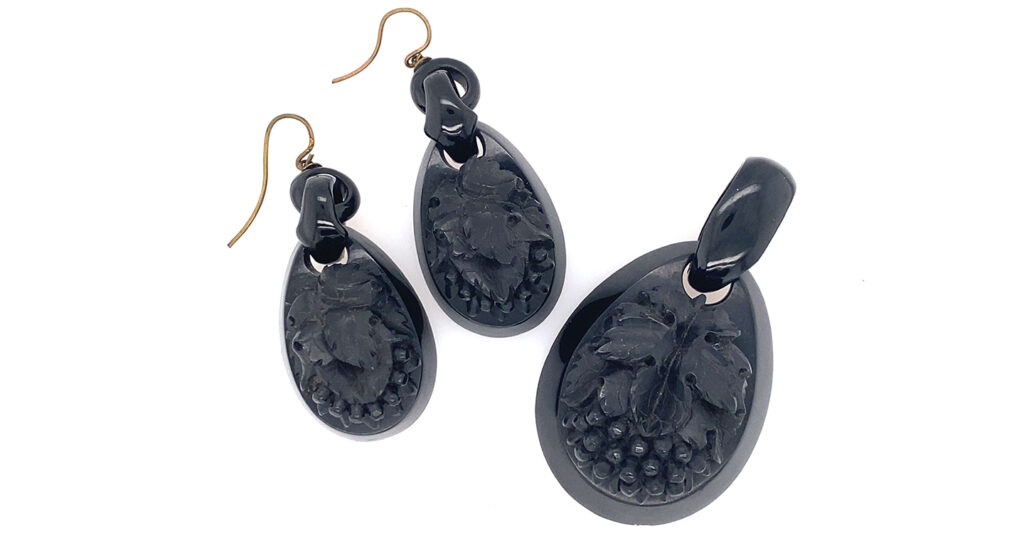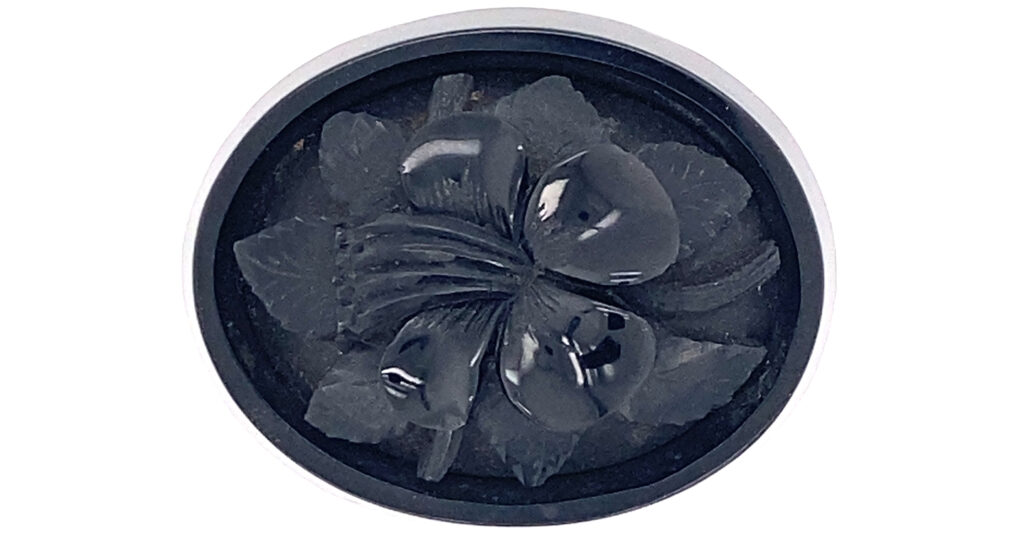Holding on to a 19th Century Brooch
The floral motif that is so prevalent on this jewel is very important to factor in its age, particularly when the hand symbolism was such a popular Victorian motif. Let’s address the flowers first, then look at the shape.
The flowers that create the border design to this piece emerged during the early phases of the Gothic Revival period and made their motifs a common standard with jewels of the 1820s and 30s. Indeed, as time went on, there were more embellishments made to the design, and as jewels became larger in the 1840s and 50s, the floral motif became more organic. Note the pieces below:

High Gothic Revival
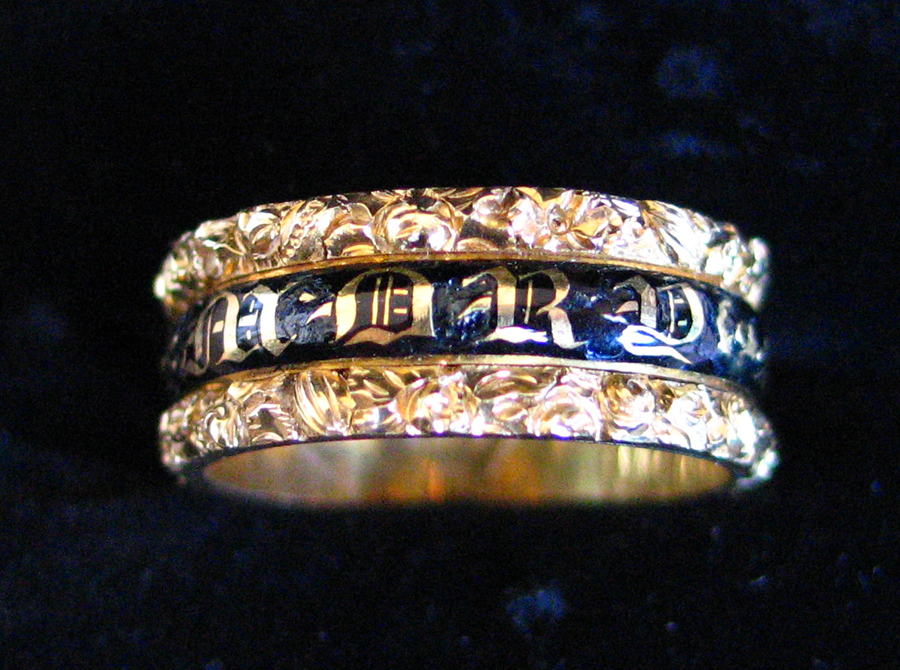
Appearing on other jewels
And then this piece from c1840:

Design becomes larger & more elaborate

Now we can look at the brooch from a complete point of view. This piece isn’t simply focusing on the hand and what it’s holding, but it’s the entire motif of the piece. It is a flower, a flower with a diamond in its center and that is what the female hand (note the ring on her finger and cuff) is holding. Later Victorian jewels used the symbol of the hand quite prevalently, either shaking hands, clasped or holding a symbol which would denote the nature of the piece. These sentimental jewels were popular enough to be mass produced in Vulcanite and carved in Jet. Without a dedication, the piece’s most telling feature is the black enamel surrounding the diamond.
Quite a wonderful jewel and one that is still relevant today.
Further Reading:
– Gothic Revival in Culture and Jewellery: Part 1, c.1740-c.1850
– Gothic Revival and Its Influence in a Brooch





